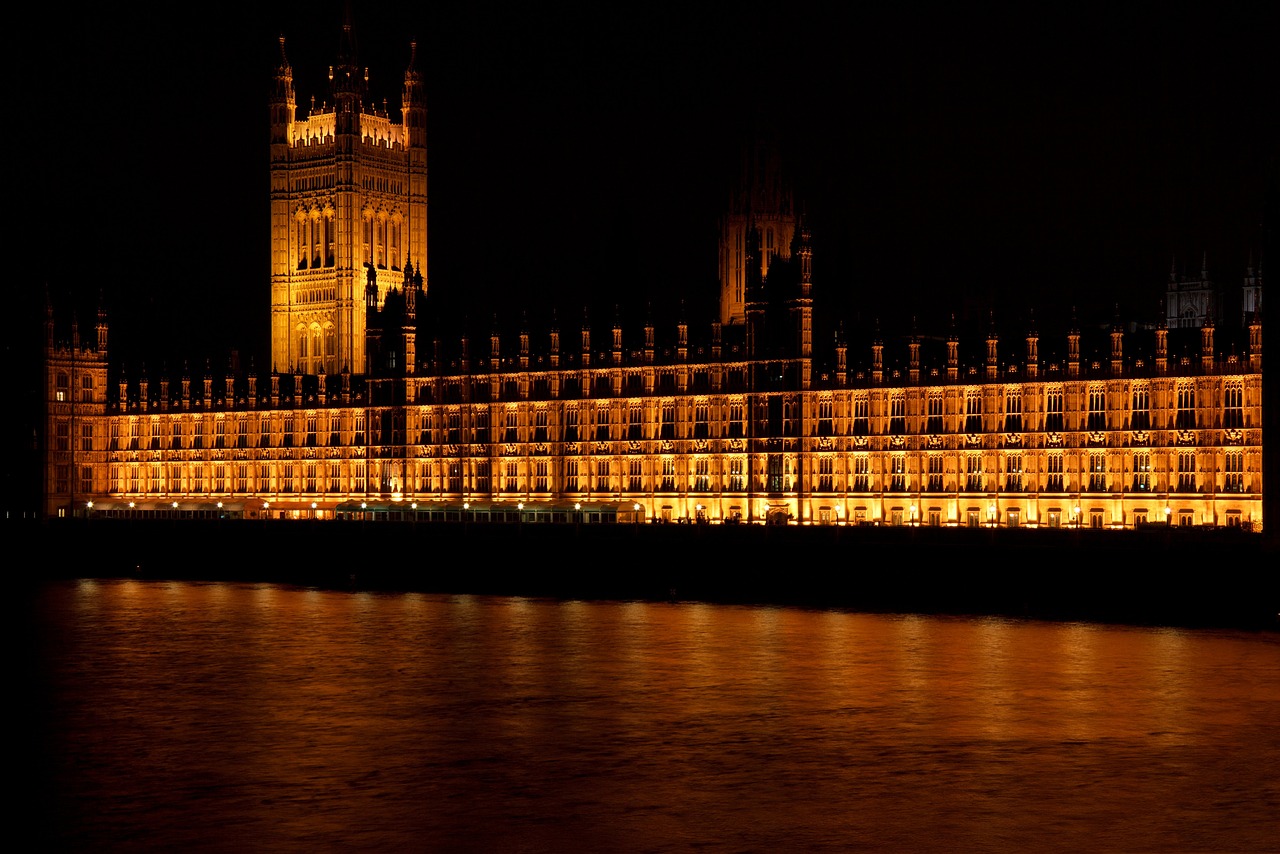October Borrowing Surpasses Expectations Amid Rising Costs
In October, government borrowing in the UK surged beyond forecasts due to unprecedented debt interest payments and increased public sector wages. This trend raises concerns about the sustainability of public finances as Chancellor Rachel Reeves grapples with fiscal challenges in her new role.
Record Debt Interest Payments and Rising Expenditure
The latest figures reveal that borrowing reached £17.4 billion, making it the second-highest October total since records began in 1993. This data marks the first release since the Chancellor’s inaugural Budget, highlighting ongoing fiscal pressures.
Financial analysts, including Alex Kerr from Capital Economics, noted that the disappointing figures emphasize the hurdles facing the Chancellor. Meanwhile, Jessica Barnaby of the Office for National Statistics (ONS) pointed out that although total receipts rose compared to last year, an increase in spending on public services, benefits, and debt interest outpaced revenue growth.
Significant insights from ONS data indicate:
-
Interest payments on government debt soared to £9.1 billion, the highest for October since 1997.
-
Total borrowing for the financial year to date has now reached £96.6 billion, exceeding last year’s figures by £1.1 billion.
The recent Budget is projected to escalate government spending by nearly £70 billion annually over the next five years, with half of this growth funded through increased taxation and the remainder through additional borrowing.
Public Sector Pay Increases Drive Spending
Government expenditure on wages saw a rise of £2.2 billion compared to last year, reflecting recent pay agreements for public sector workers, including NHS staff and teachers. Chief Secretary to the Treasury Darren Jones reiterated that the Labour government inherited a challenging economic landscape post-election.
Jones emphasized that recent budgeting efforts aim to stabilize public finances by establishing robust fiscal rules intended to reduce debt while fostering investment for economic growth.
Analysts like Kerr have stated that current borrowing levels limit the Chancellor’s flexibility regarding day-to-day spending increases. He warned that without additional tax revenues, future spending may necessitate tax hikes.
As of now, public debt stands at £2.7 trillion, representing a staggering 97.5% of the UK’s GDP—levels not seen since the early 1960s.
A Future of Fiscal Challenges
With inflation surpassing the Bank of England’s target rate and government spending under scrutiny, Chancellor Reeves faces an uphill battle in achieving her fiscal goals. As new global trade dynamics emerge, such as a China-backed megaport in Peru potentially reshaping trade routes, these factors will further complicate economic recovery efforts in the UK.
As fiscal realities continue to unfold, stakeholders will keenly watch how policymakers navigate these challenges while striving for stability and growth amidst rising costs and public demand for services.


